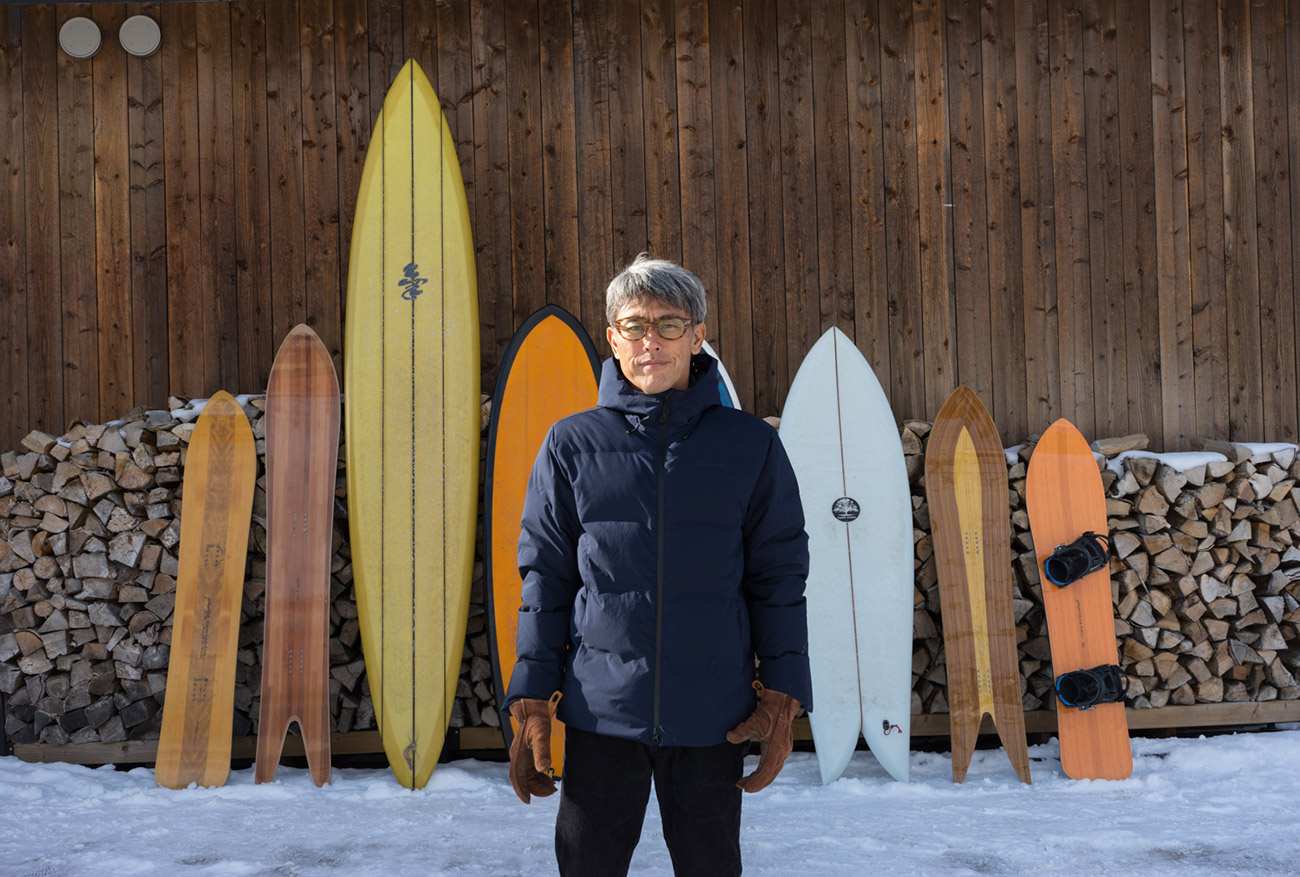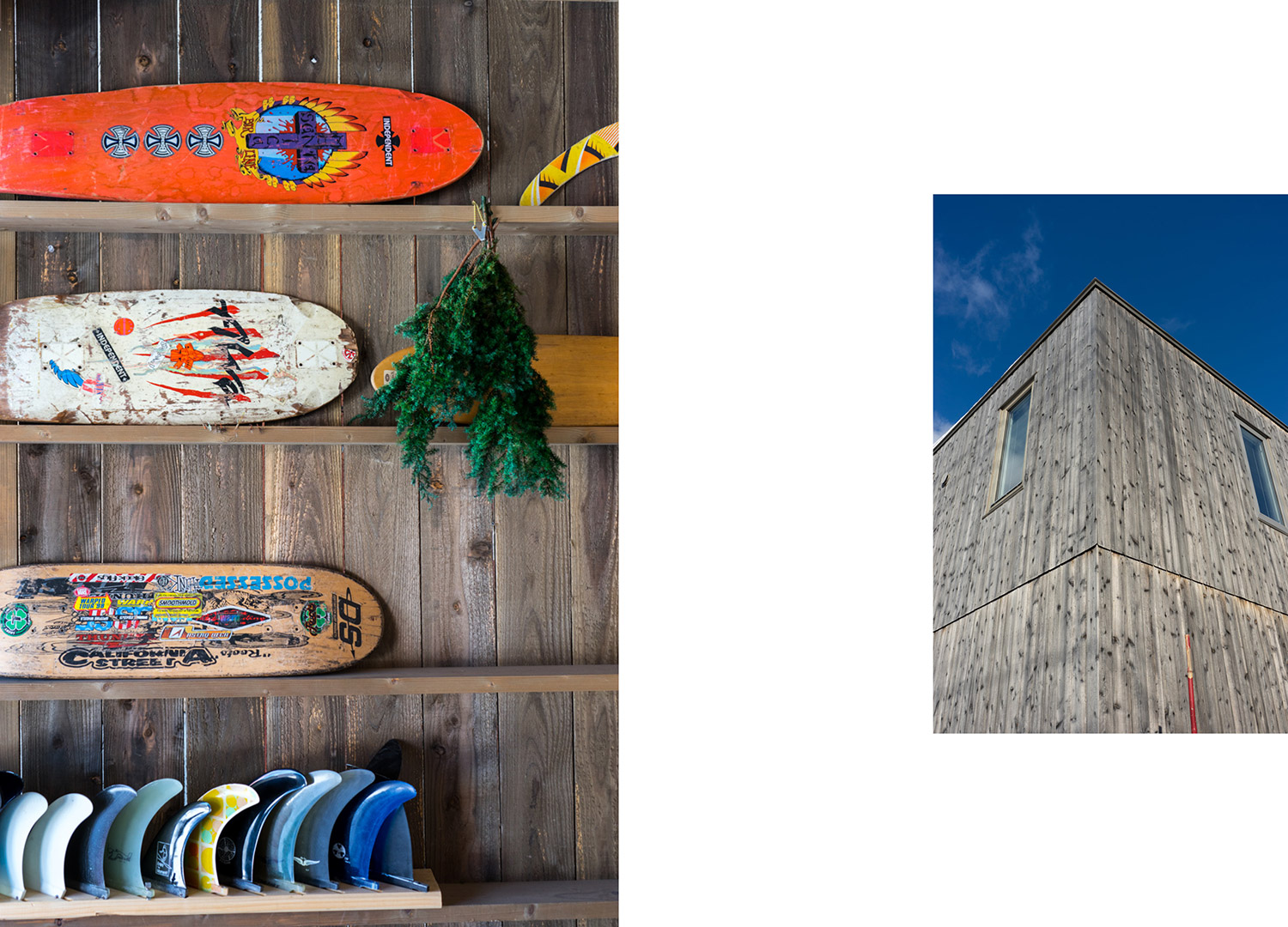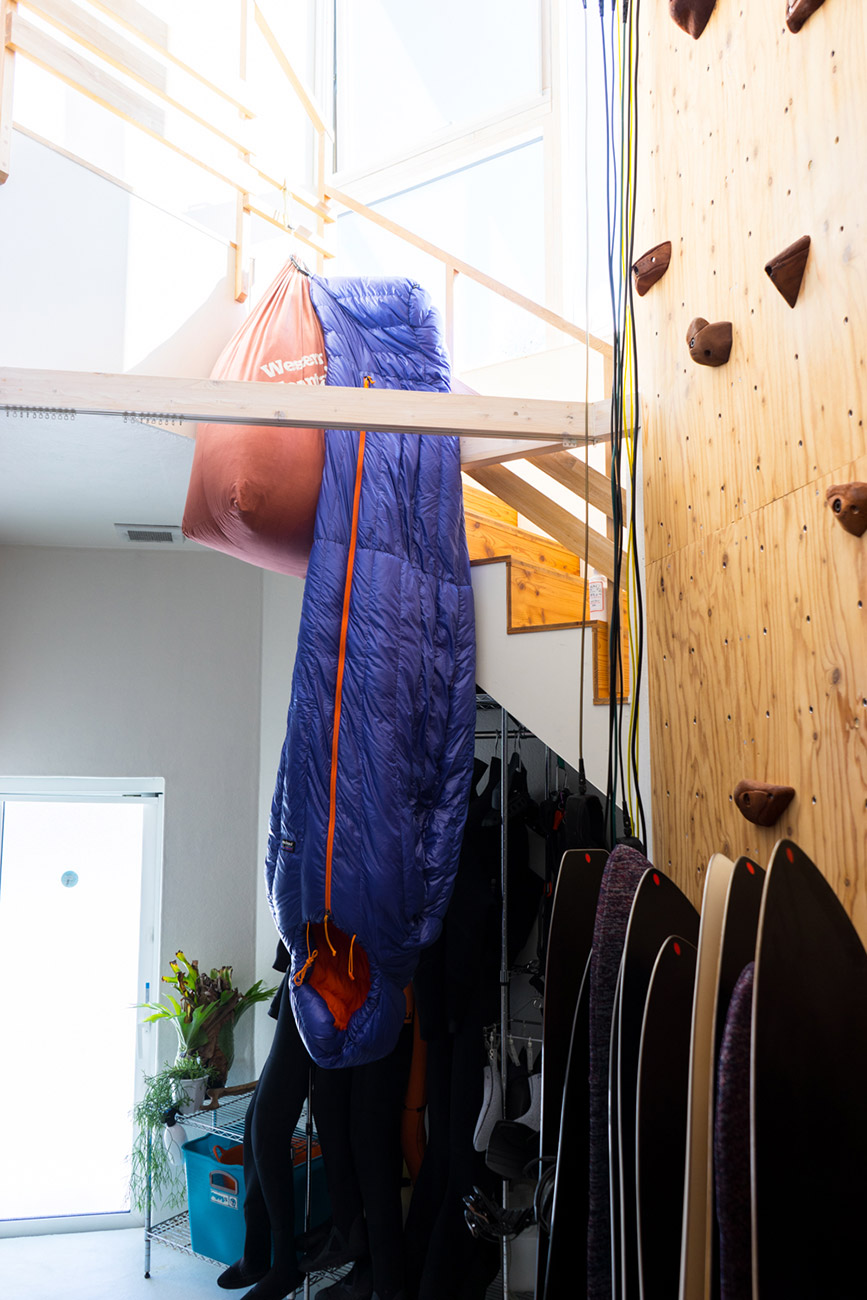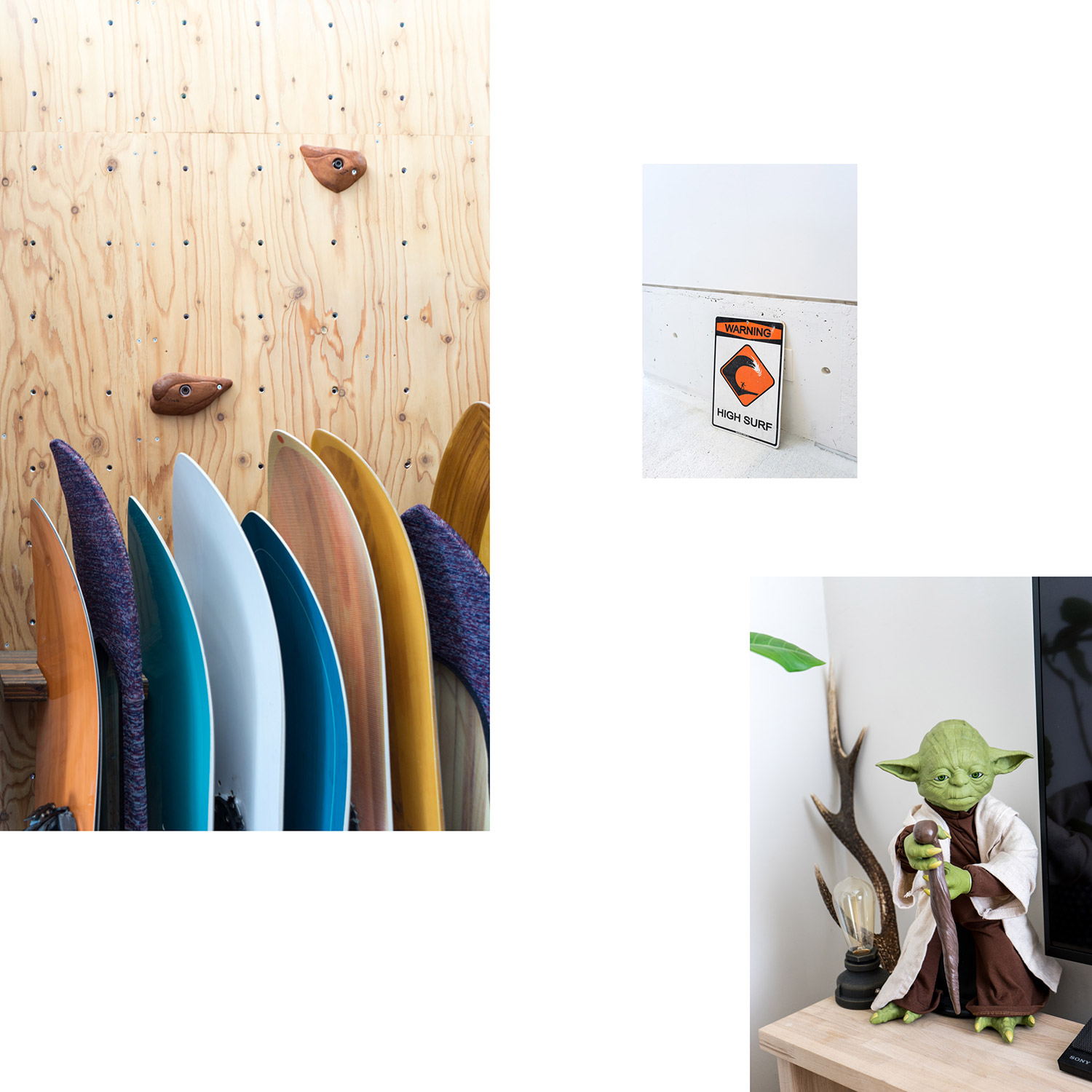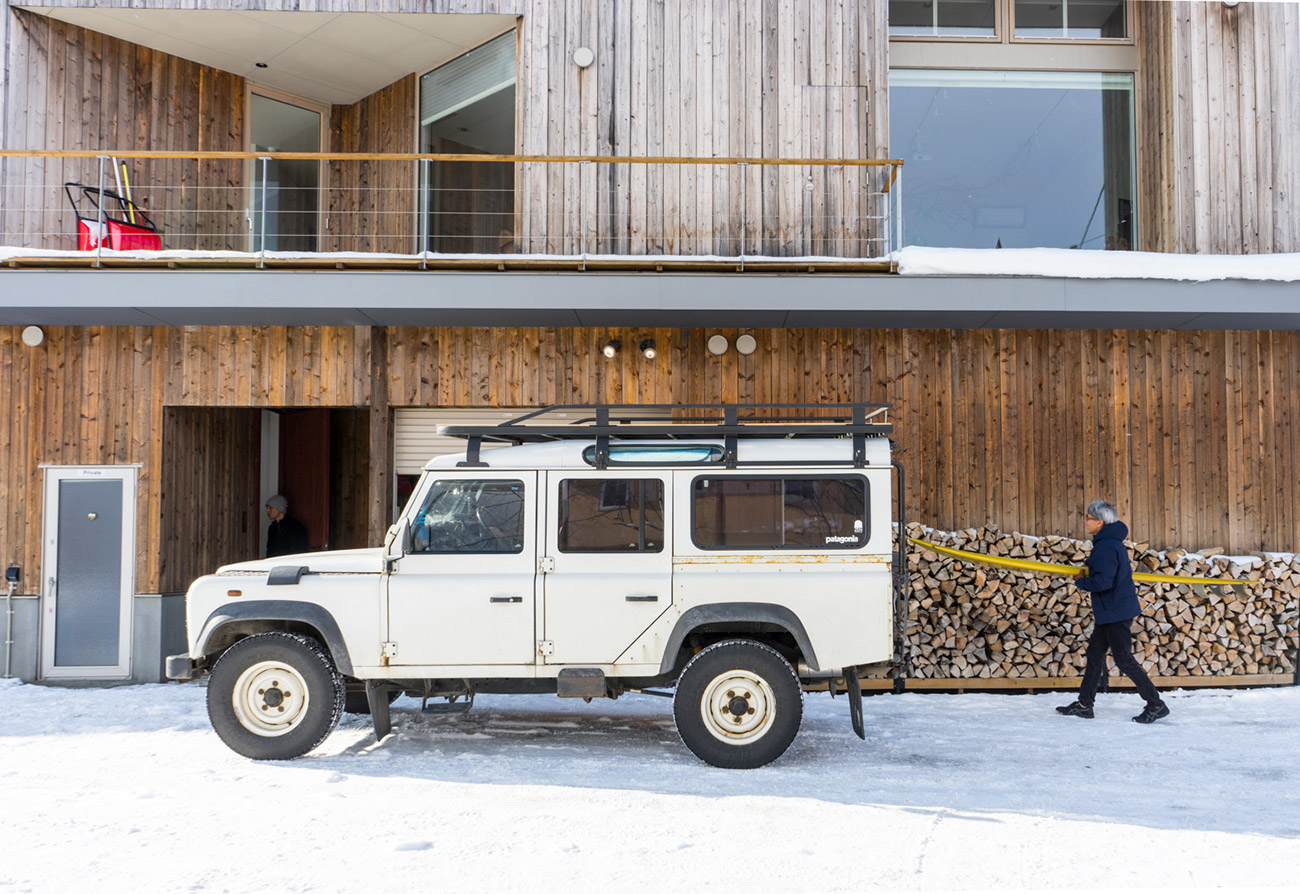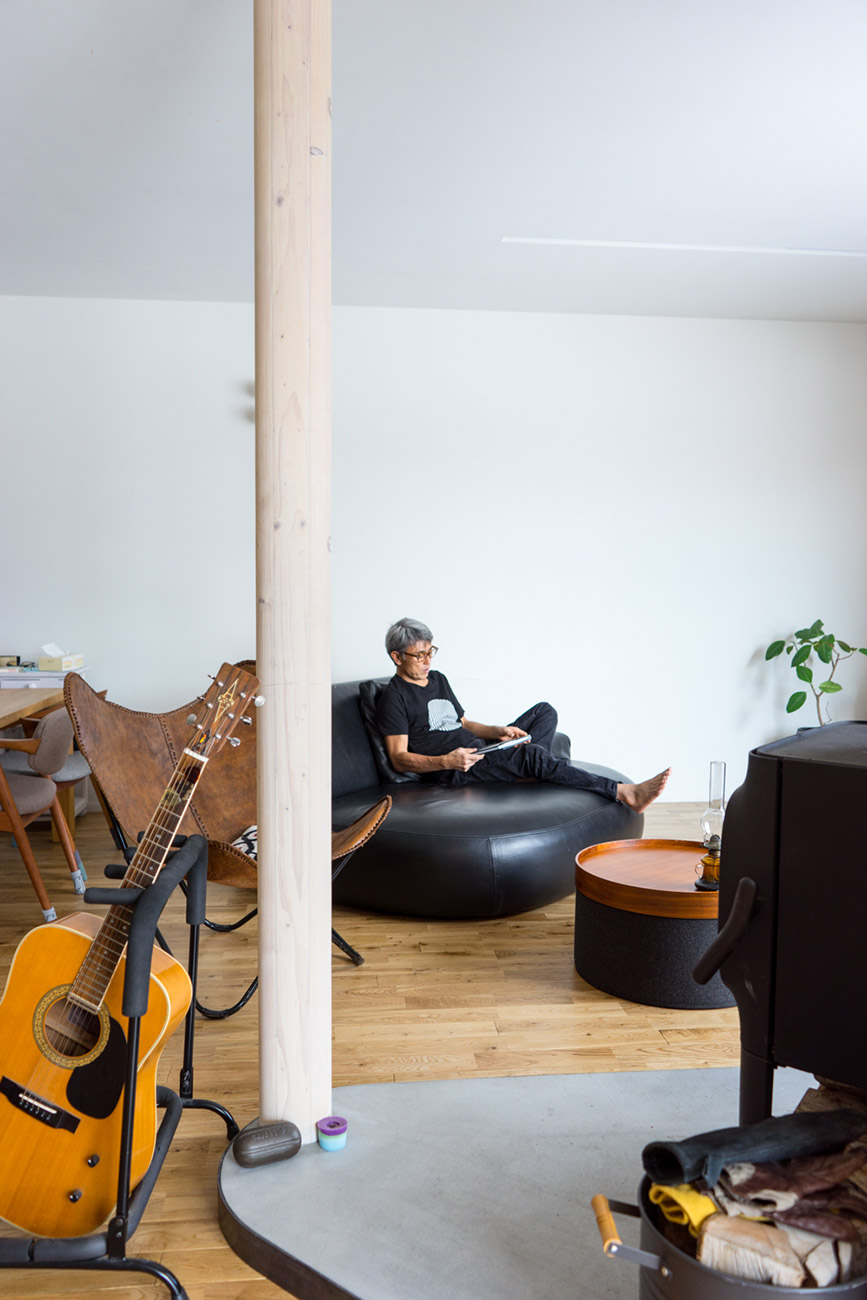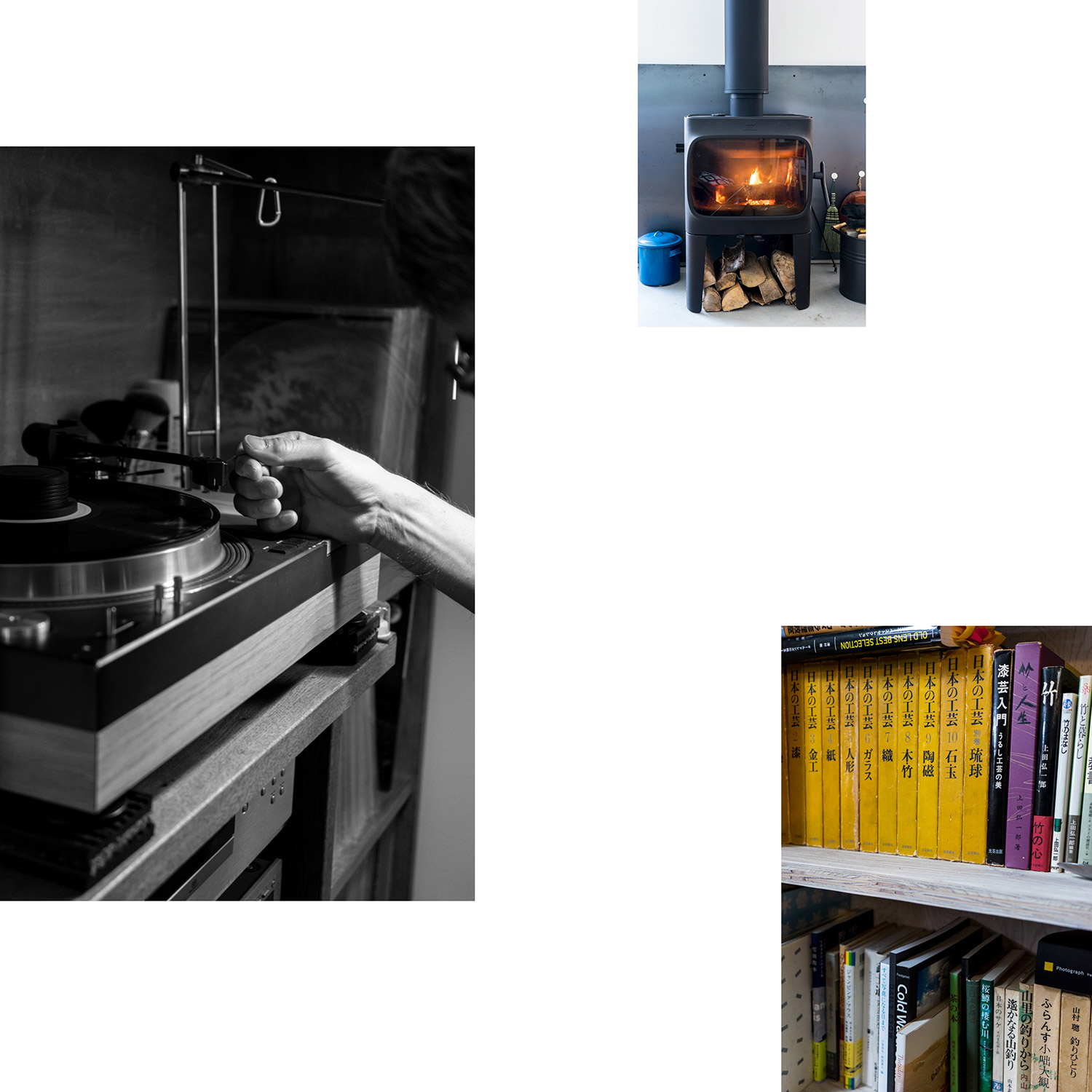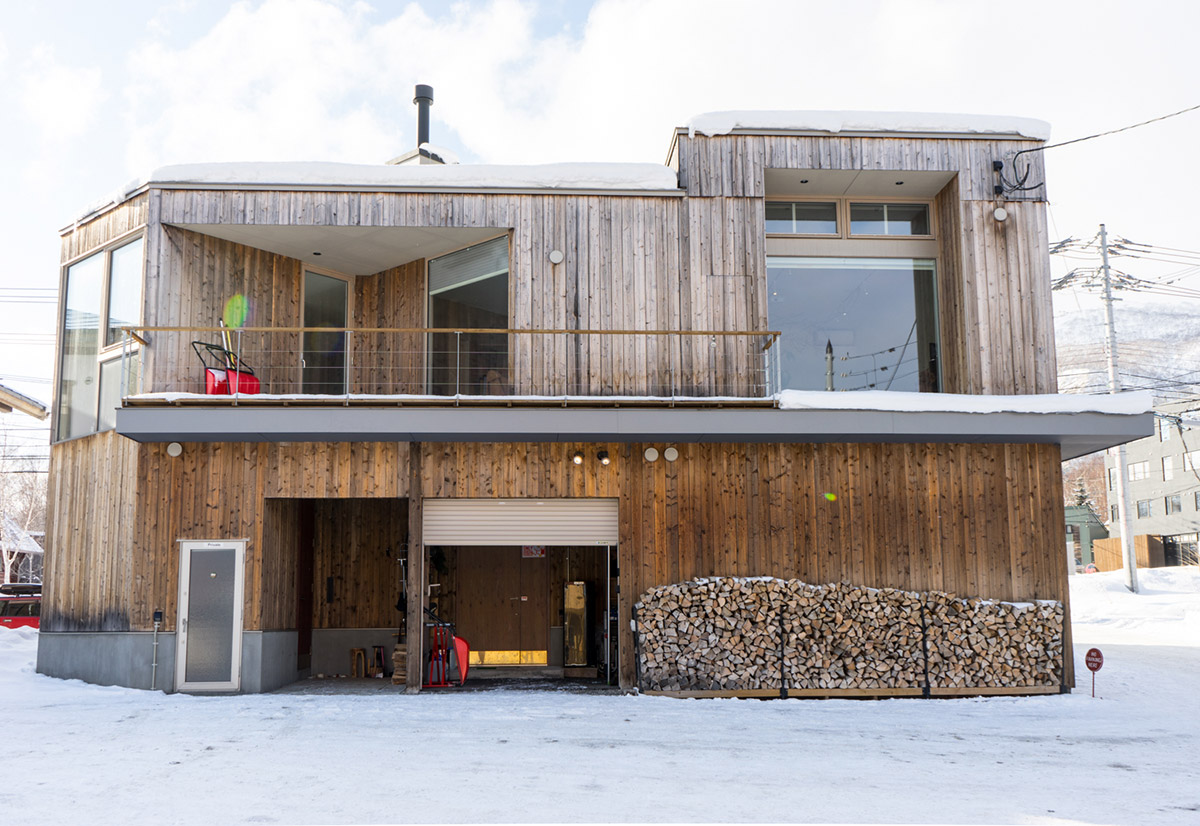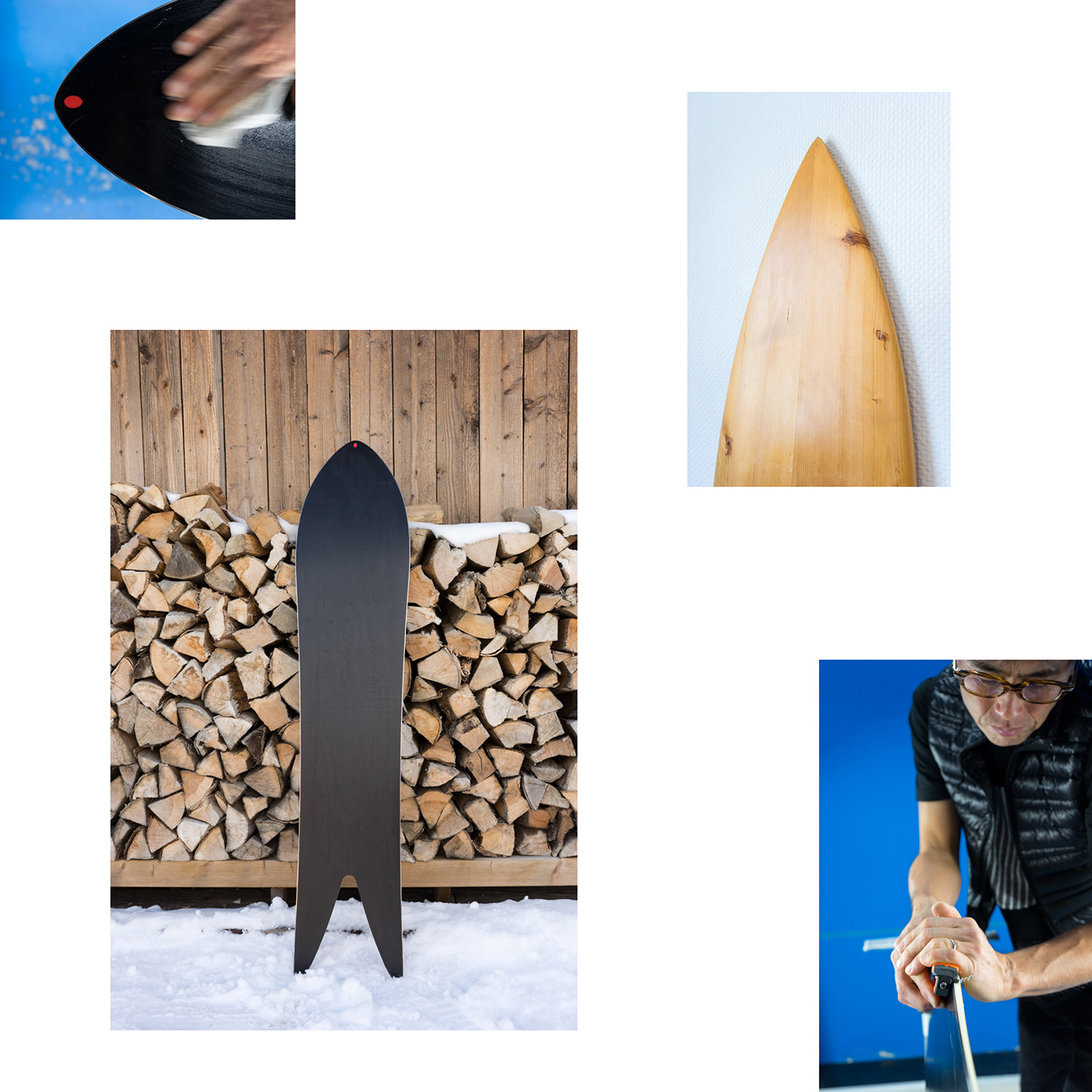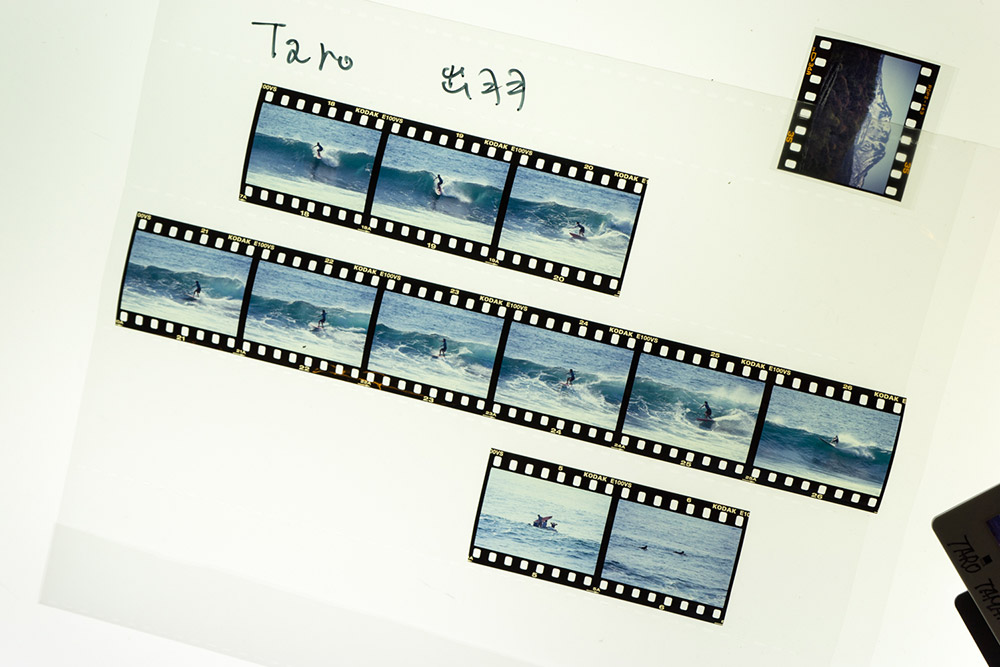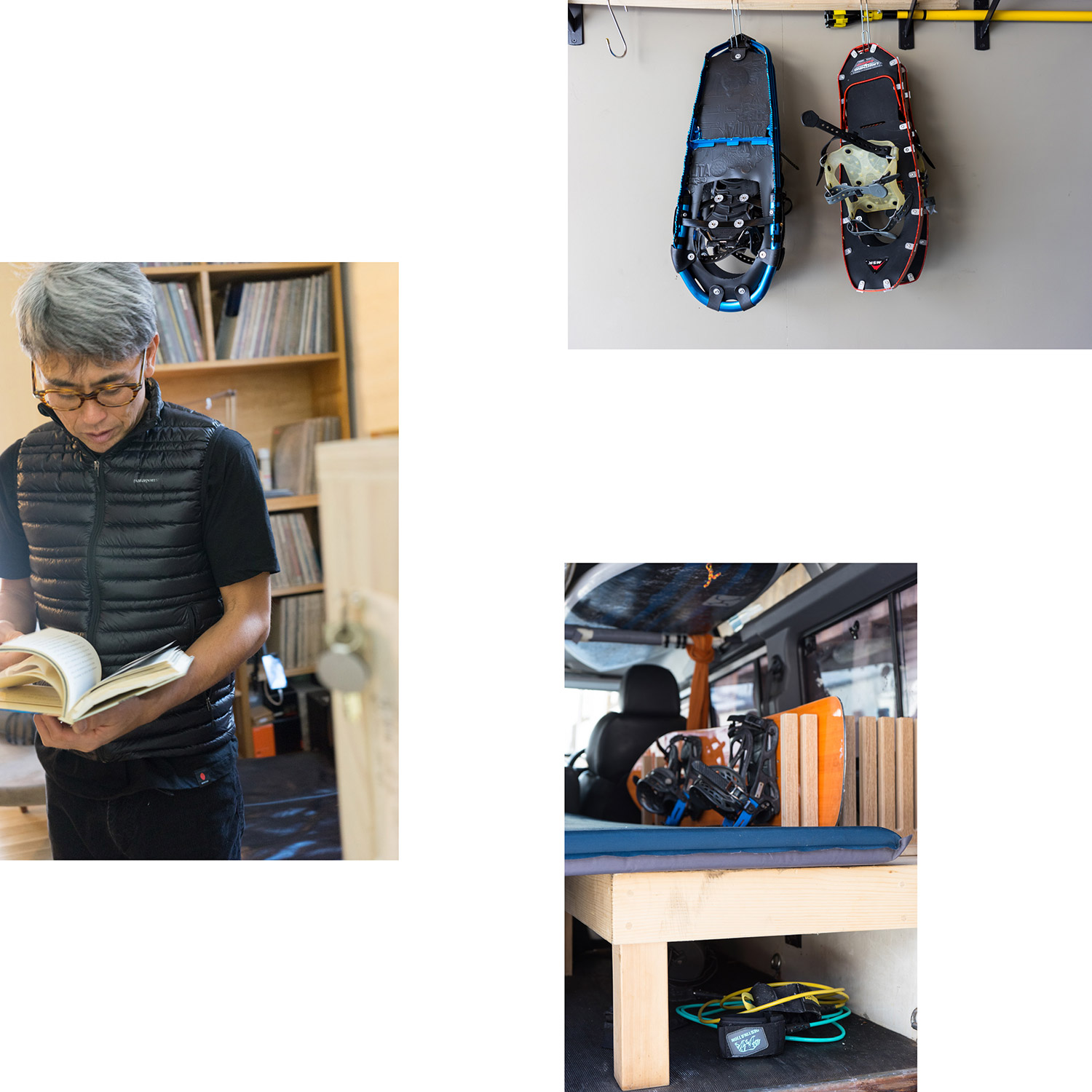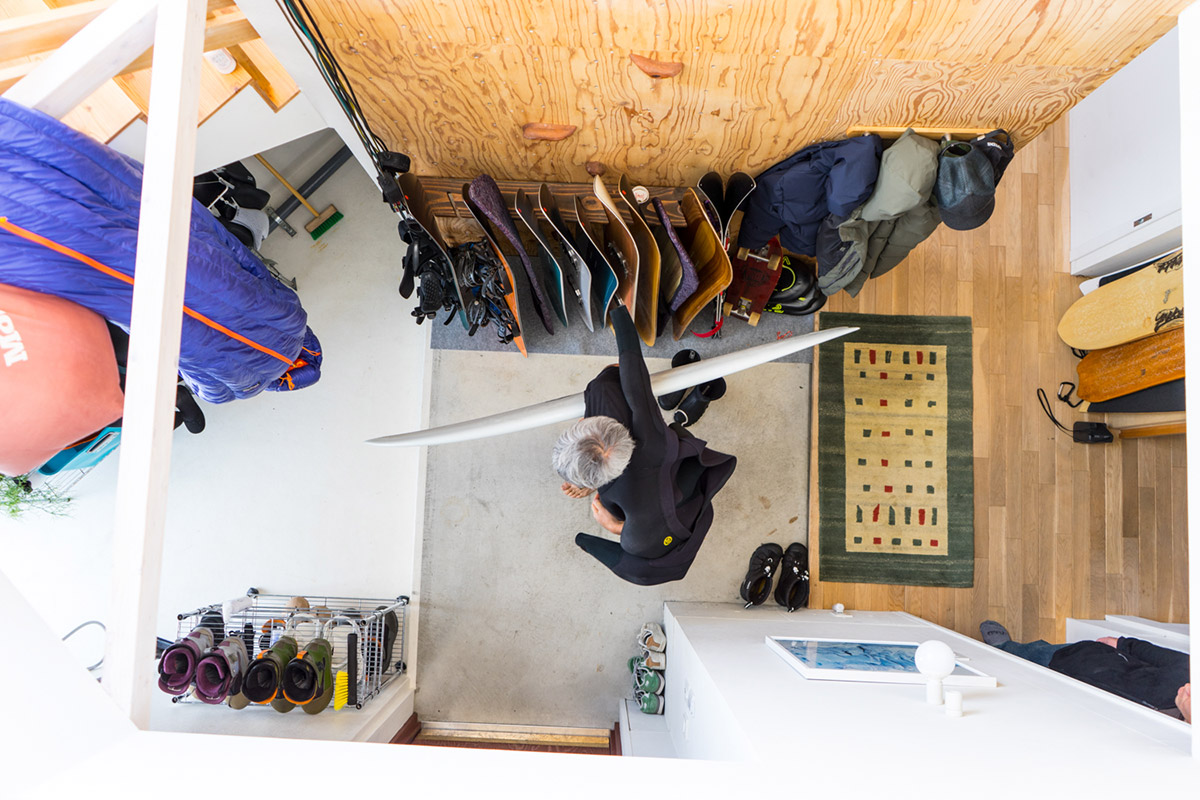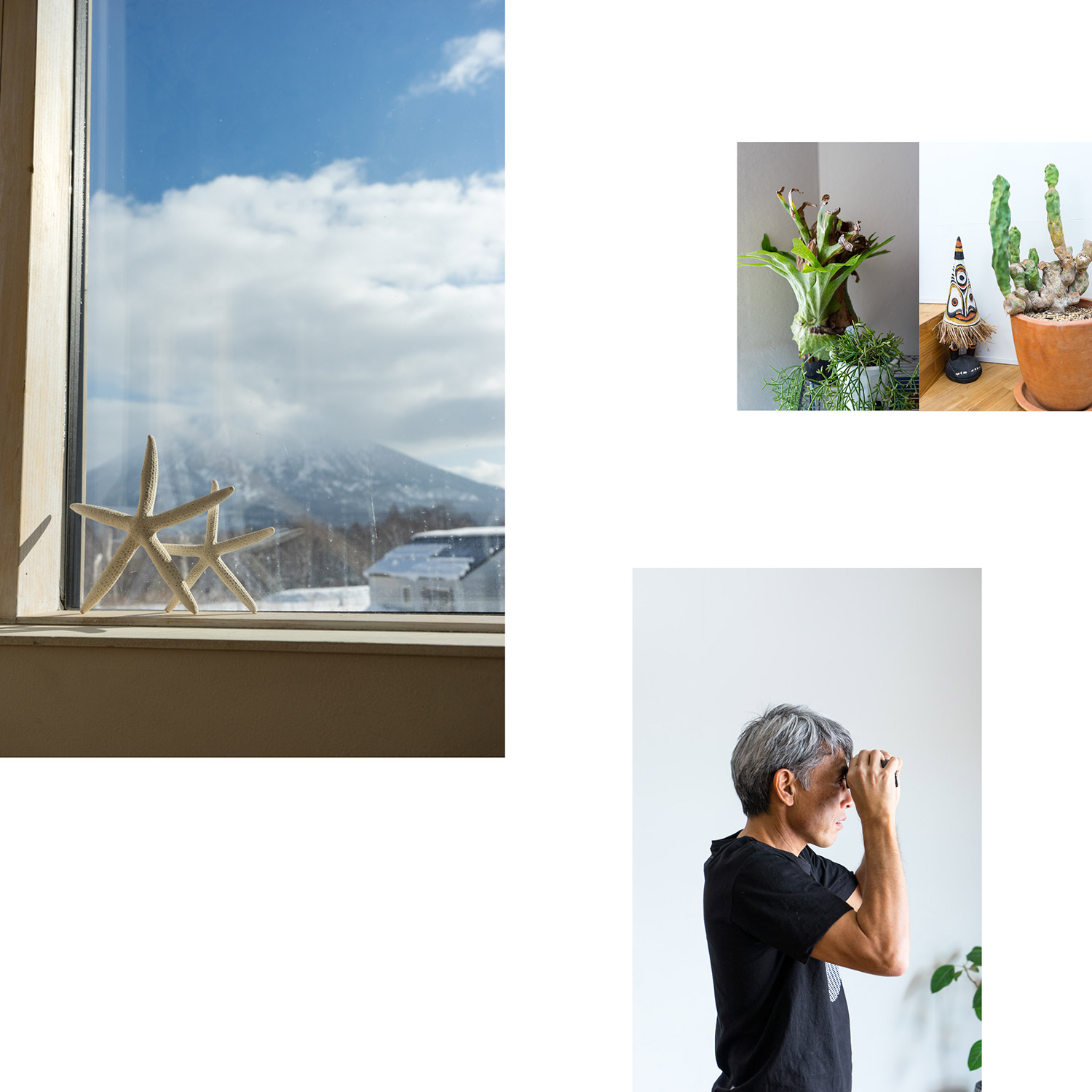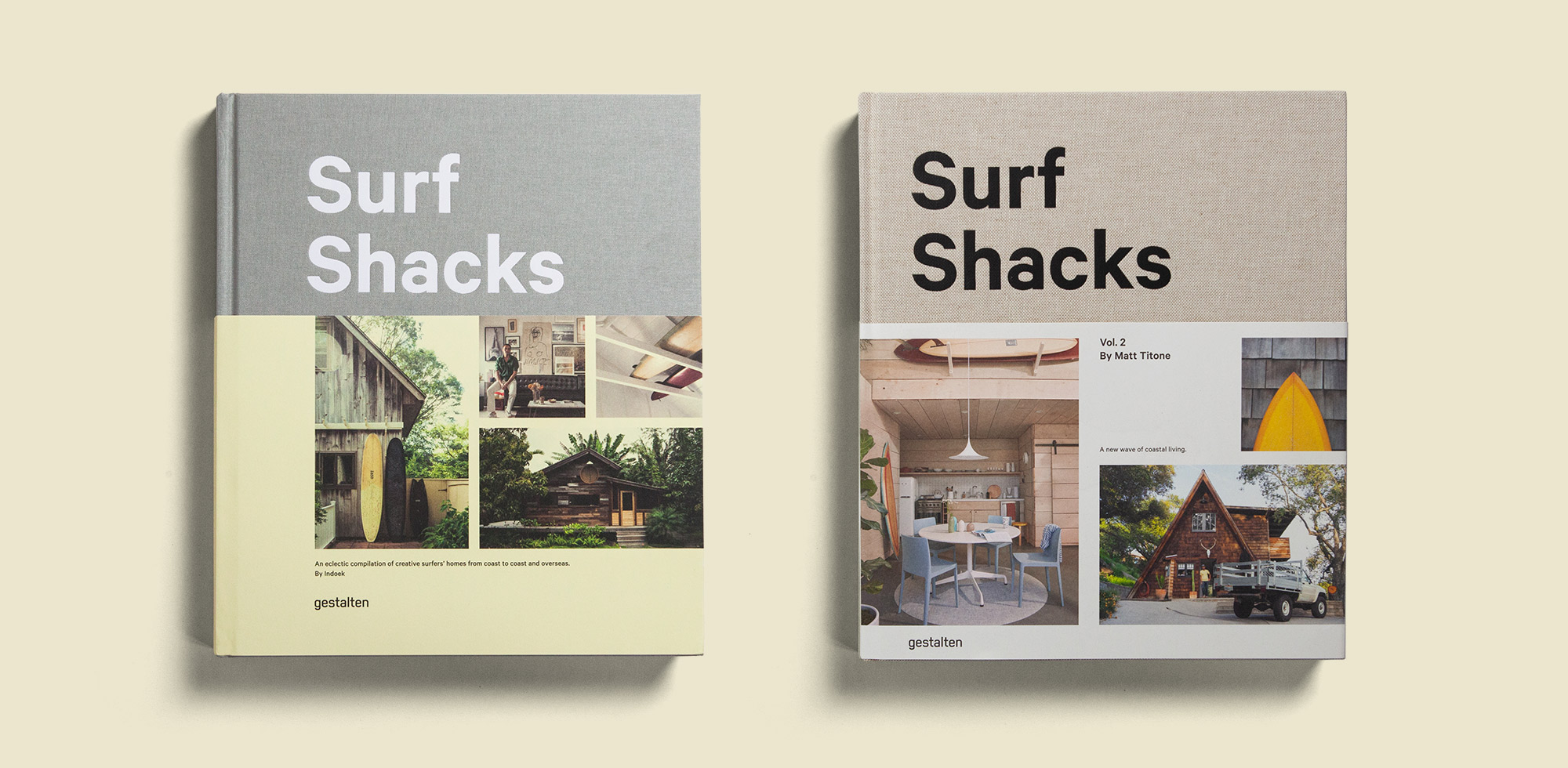How did you first start Gentemstick?
I was a pro snowboarder. I was thinking about board shapes and the evolution of other equipment, thinking about what could make snowboarding better. Before that, I was doing random work to make enough money to live a snow and surf bum life. My priority was to be close to the snow or surf, and not the amount of money I could make. I needed a board that worked right for me. In the beginning of snowboarding, people were making boards that they wanted to ride, not boards that were easy to sell. When snowboarding started to emerge and skiing started to decline in the late 1980s, the ski industry got into snowboard production and started to make mass-produced boards from know-how they acquired from ski-making. How snowboarders wanted to ride or how they wanted to turn wasn’t the focus; the purpose was lost, but it helped get more people on the snow. Just like anything else, there’s light and shadow. Those ski-like snowboards played a big role in making snowboarding popular, however, it also made snowboarding lose its identity and culture. There were many people getting injured because of poor design. The same thing applies to the software side of things. Ski resorts were originally designed for skiers, and competitions were based on the existing ski event framework. The originality of snowboarding was lost and I think it’s still pretty much the same today. Anyway, my goal was to put snowboarding culture back in the hands of snowboarders, and my means to do it was through board design. I was motivated to start Gentemstick because I wanted to make boards that I wanted to ride, and because I was hoping to save a culture that was almost lost through my board-making. It wasn’t easy. All the factories back then weren’t even asking what kind of board I wanted to make, but wanted to know if I could afford their MOQ [minimum order quantity] of 2,000 boards. But what I realized while visiting the factories was that the most important thing was to find the right engineer that was able to materialize the shaping ideas I had in my mind. Eventually, everything turned out and I was finally able to start my own brand, Gentemstick, in 1998.
Gentemstick seems to have somewhat of a cult-like following. What makes your boards so unique?
They’re different from skateboards and also different from surfboards. Also different from skis. They’re not made to win a competition, but has been shaped to purely and freely glide on the snow. It’s not that they’re unique, but I guess it’s mine and my friends’ passion to make a design to synchronize with the nature that has fascinated like-minded snow-riders’ hearts.
Which is your favorite board model and why?
I love each and every shape that I can physically ride, but if I had to pick one out of them all, it would be the TT model. The way it allows me to ride, solid and sharp carving, smooth release of tail and versatility of riding. It might be a tricky board to handle sometimes, but when the conditions aligns, its performance is one and only.
